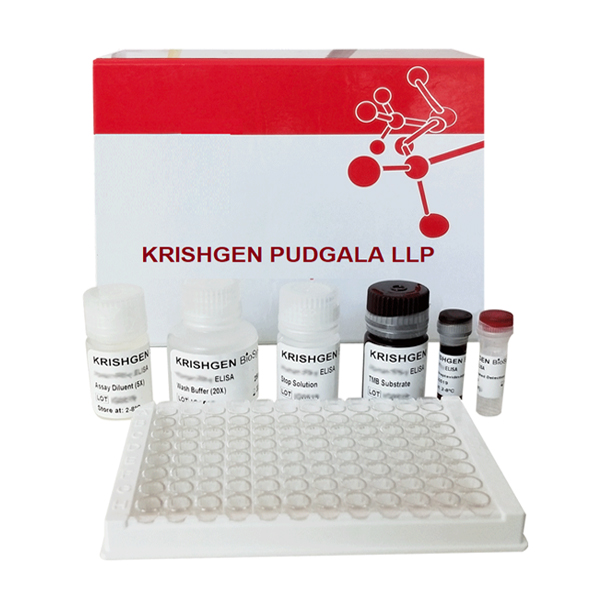Introduction: Immunoglobulin E (IgE), is the last of the five classes of human antibodies, produced by plasma cells located in lymph node, has the shortest half-life among them and commonly associated with the various manifestations of allergic disease. IgE plays a vital role in the cross-talk between innate and adaptive immunity. It primarily provides protective immunity against helminth parasites but can also respond to foreign substances even in small amounts and is accepted as a ?gate keeper.? Diseases which cause the elevation of serum IgE levels include atopic diseases (asthma, allergic rhinitis, atopic dermatitis, urticaria), parasitic diseases, cutaneous diseases, neoplastic diseases, and immune deficiencies. Conditions associated with unusually high serum IgE concentrations (>1,000 IU/mL) are allergic bronchopulmonary aspergillosis, allergic fungal sinusitis, atopic dermatitis, human immunodeficiency virus infection, hyper IgE syndrome, IgE myeloma, lymphoma, systemic parasitosis and tuberculosis




